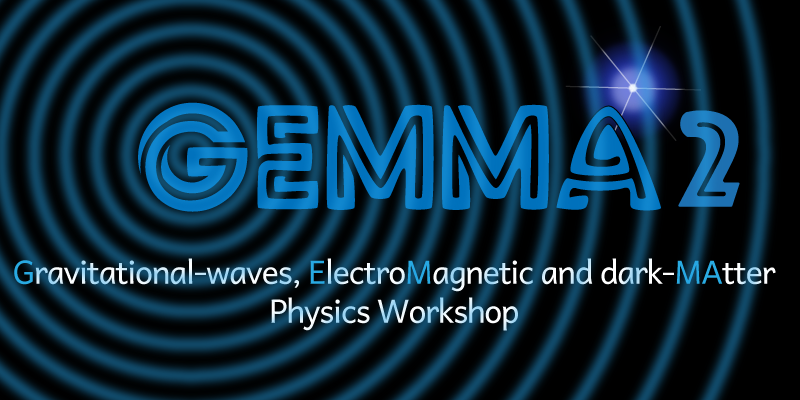Speaker
Description
Since March 2019, a large international collaboration (known as “Transients and Pulsars with MeerKAT”, or “TRAPUM”) has been using the 64-antenna MeerKAT radio telescope array in South Africa to search for pulsars in globular clusters. These surveys have been exceptionally successful, with the discovery of almost 100 new pulsars in globular clusters, which represent one third of the current pulsar population in globular clusters.
Among these discoveries is a set of 14 new pulsars in the globular cluster NGC 1851, where only one pulsar was previously known (NGC 1851A). One of the newly discovered pulsars (NGC 1851E) is quite extraordinary: it is in an usually eccentric orbit with a very unusual companion. The latter has a mass that is intermediate between the most massive neutron stars known and the lightest known black holes. From considerations on stellar evolution, we can conclude that this system formed in a binary exchange, which is only likely to happen in the dense environment of a globular cluster.
Similarly massive objects have been discovered in merging binaries with the LIGO and Virgo interferometers; but were until now undetected in our Galaxy. The discovery of a millisecond pulsar orbiting one of these objects implies that we will be able to study its properties in some detail in the near future by measuring relativistic effects in the orbit of the millisecond pulsar. A particularly exciting possibility is that this massive companion is a black hole that formed in the merger of two neutron stars, in which case it will be spinning very fast. This will cause an observable relativistic precession of the orbital plane, an effect known as Lense-Thirring precession. Measuring this effect we will be able to gain some insight into the origin of the companion and possibly test the cosmic censorship hypothesis of general relativity.

